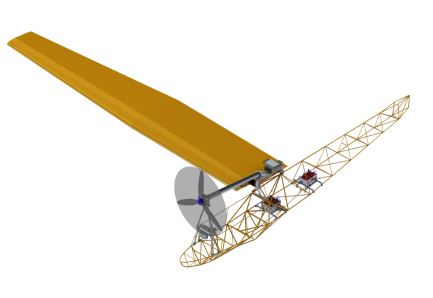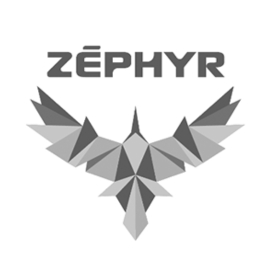LOW-NOISE ELECTRIC POWERTRAIN FOR GLIDER TRAINING OPERATION
Optis led an innovative project to explore the potential of electric propulsion to reduce flight training operations noise, emissions and cost. OPTIS partnered with the Université de Sherbrooke (10 students involved under Projet Zéphyr) and the Royal Air Cadets League to convert a certified glider into a fully integrated, self-launchable, electric-powered flight training platform. This project was made possible thanks to the support of the Green Aviation R&D Network (GARDN) under the OPT-21 project.
This projects demonstrated how electric propulsion could reduce noise during takeoff by as much as 11 dB: a significant improvement for citizens living nearby airports. This project also contributed to develop Canadian expertise in electric propulsion and paved the way to a better understanding of how these systems could be integrated into certified aircraft safely.
Visit GARDN’s interactive page to learn more on green aviation initiatives and their impacts on our aerospace industry.

THE MANDATE
- Project management
- Elabore a certification plan with propulsion and structures delegates
- Performe the structural design, drawings and manufacturing of a primary powertrain structure (motor mounts, drive, battery mounts, etc.)
- Retrofit and manufacture a pilot dashboard with motor controls and safety features
- Demonstrate a 40 kW electric propulsion system on a test bed to validate thrust, torque and noise emissions
- Demonstrate form, fit & function of the propulsion system on a certified aircraft
PUBLICATIONS
Rancourt et al, Development of an Electric Propulsion System to Convert Glider for Self-Launch Operations to Reduce the Environmental Footprint, represented at the CASI Aero 2017 – 63rd Aeronautics Conference, Toronto, Canada, May 16th 2017.
SPECIAL THANKS TO THE FOLLOWING CONTRIBUTORS FOR THEIR SUPPORT
PROJET UNIVERSITAIRE


SUPPORT








